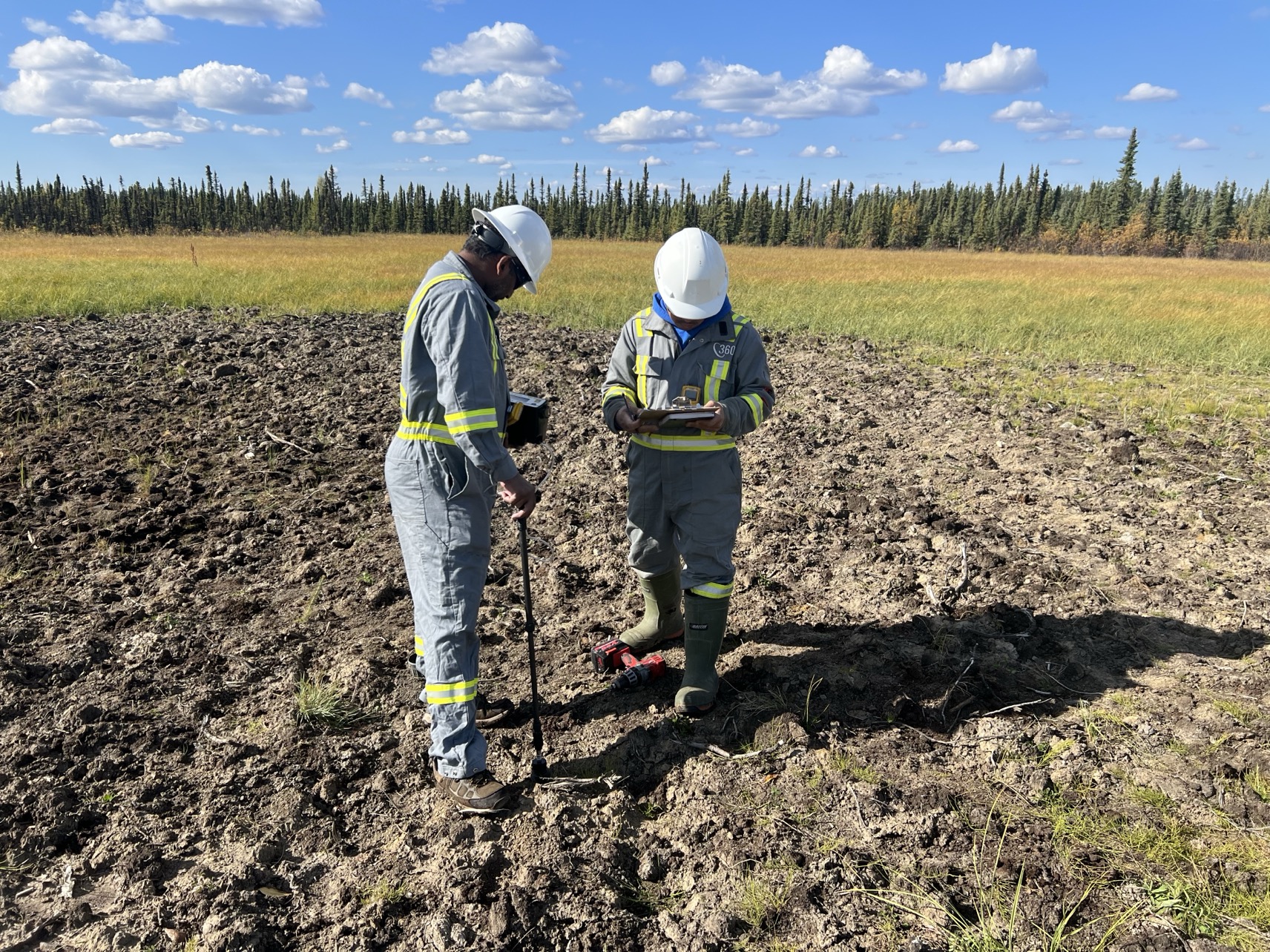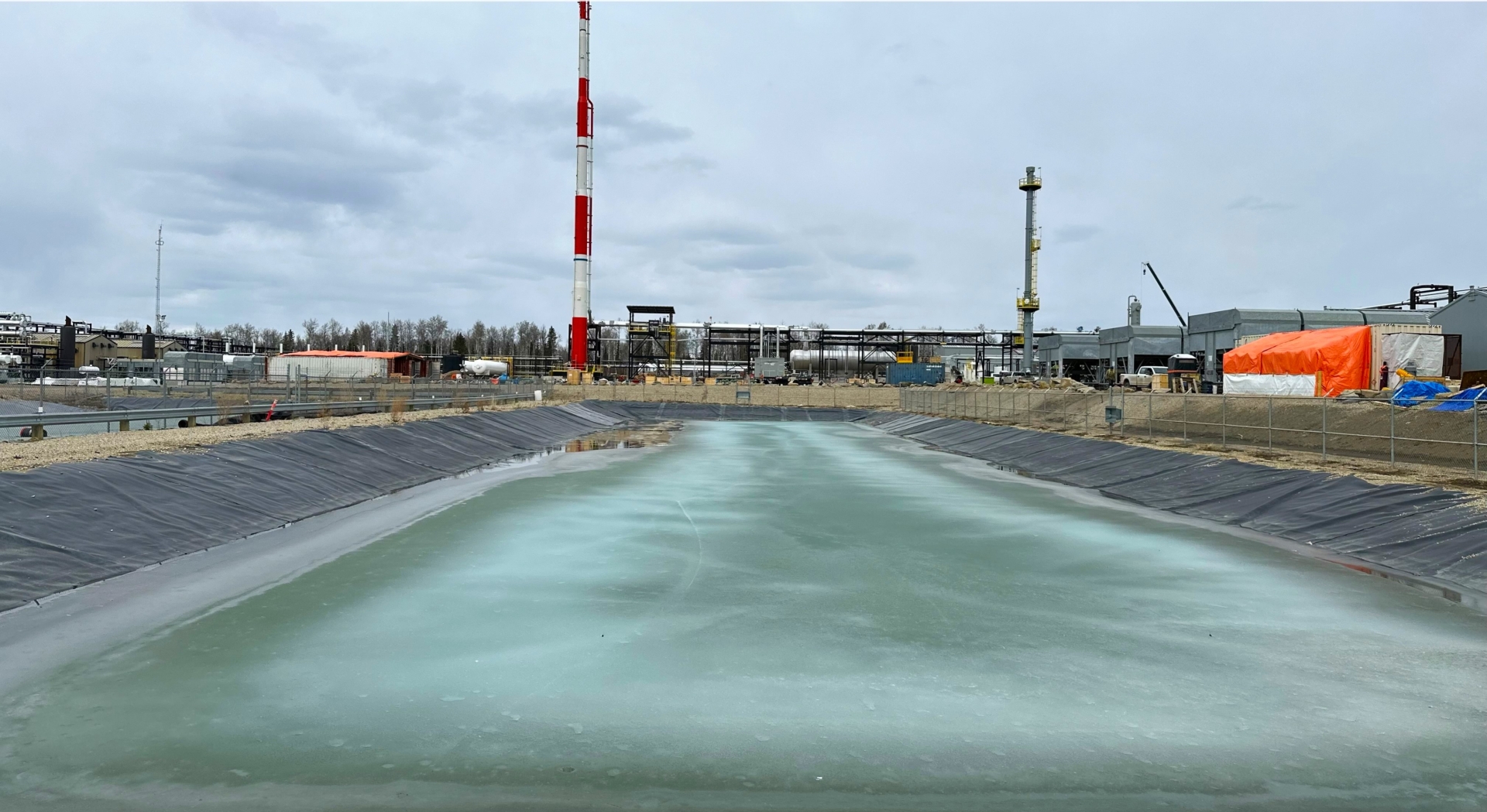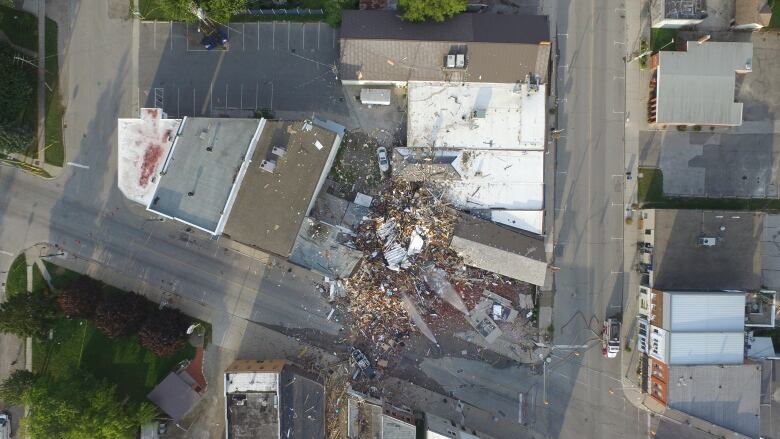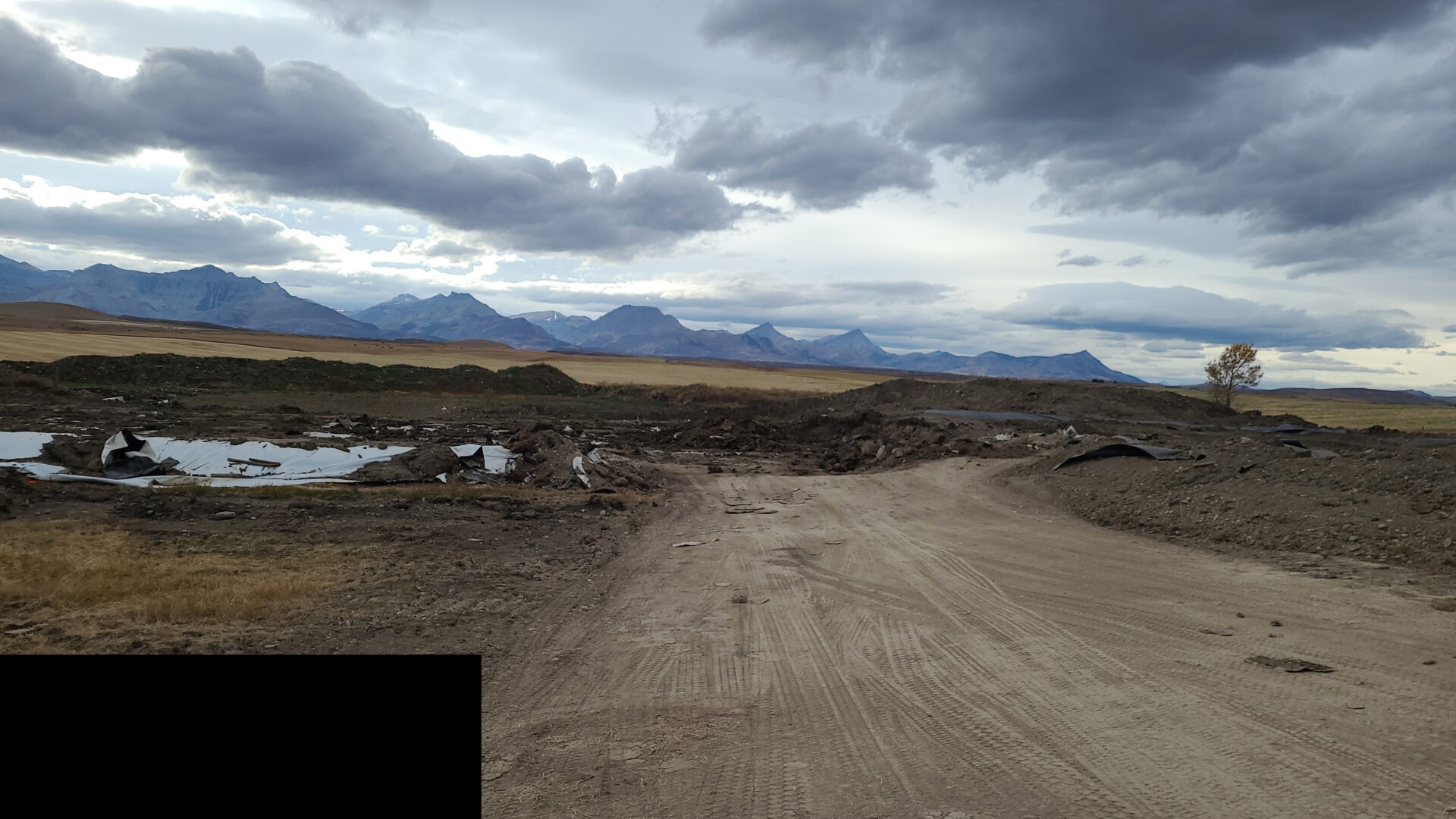It’s been three years since the inception of the Dormancy and Shutdown Regulation in BC and boy has it affected my job as an environmental consultant! On the heels of the 2019 Redwater decision, BC regulators took a strong stance against pushing liabilities down the road by regulating site closure timelines to persuade the oil industry to wipe the red from their ledgers. Admittedly, we’ve all fumbled around a bit over the last few years trying to understand and implement the new requirements in ways that are practical and economical. With regulatory goalposts that continue to shift and growing ESG requirements it’s important to stay current with regulations and industry best practices. Sometimes this means reviewing the policies driving our work – so I put together a brief review of what I’m calling the ABC’s of Dormant Sites in BC.
A is for Accountability
The first major deadline of the Dormancy Regulation passed quietly last winter. On December 31, 2021, permit holders were required to have decommissioned at least 30% of their Type A dormant well sites. As I sipped my hot chocolate with my feet up by the fire, I wondered, “what does that even mean?”
After a quick read of the Dormant Sites Manual, you will notice there are a lot of deadlines – different decommissioning, assessment and restoration deadlines for Type A, Type B and Type C sites. There are deadlines for annual workplans and annual reports. To ensure accountability, the BC Oil & Gas Commission (BC OGC) follows a graduated non-compliance model and actions range from notices to formal statutory enforcement actions including penalties up to $500,000.
B is for Behavior-Based
As I thought a little longer about the model the BC OGC decided to use, it reminded me of all the goal setting advice I’ve received: Step 1 – Make a plan; Step 2 – Execute the plan; Step 3 – Track how you did and make adjustments; repeat. And, if you want the goals to really stick then tell a friend – in this case the BC OGC. Implementation of a regular, repeatable, reporting process allows for consistency and predictability, and these are needed to work through the enormous backlog of dormant sites. Annual deadlines to remember are:
- January 30 or 60 days before commencing work – Annual Workplans are due
- March 1 – Annual Reports are due
C is for Clarity
As I’ve helped companies navigate their dormant site obligations, I have appreciated the transparency of the data and information that is available online. The BC OGC External reports page is a resource that I use regularly because it allows me to answer questions like:
- How many Type A and B dormant sites does my client have?
- How many have been abandoned?
- How much liability has the BC OGC assigned for the assessment and remediation of a particular site?
Even though we’re three years in, we’re just starting to tackle the backlog of dormant sites in BC. I’m sure there will continue to be many ways to improve and develop best practices as sites are restored.
Thanks for reading,
Joshua

About the Author
Joshua Brown, P.Geo., Manager, NE BC Environmental Services
Joshua is a professional geologist with over 17 years of experience in the environmental and oil and gas industries in northeast British Columbia. He started his career as a wireline field engineer doing formation evaluations, perforating production zones, casing and cement evaluations and setting plugs and cement to abandon wells. Since 2010, he has developed technical skills in a variety of environmental areas. He has conducted, managed, and provided technical oversight for groundwater monitoring programs, environmental site assessments, remediation programs and emergency spill response programs. He has worked at upstream and downstream oil and gas sites, landfills, and commercial locations.
































































